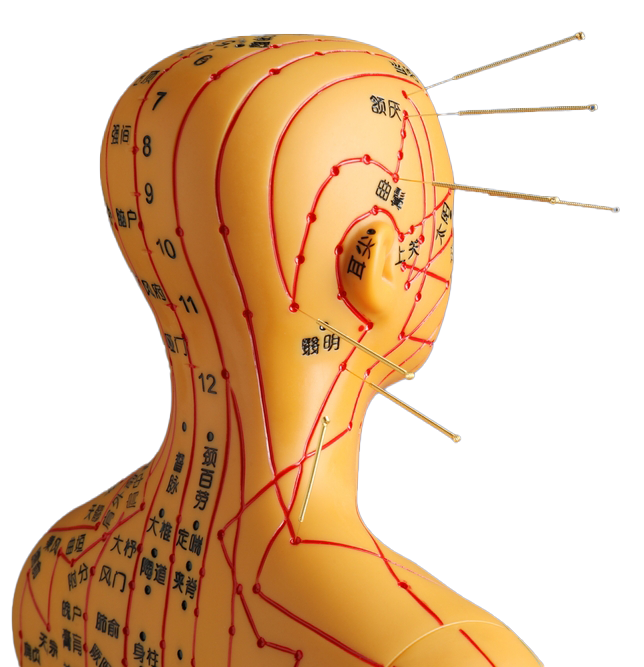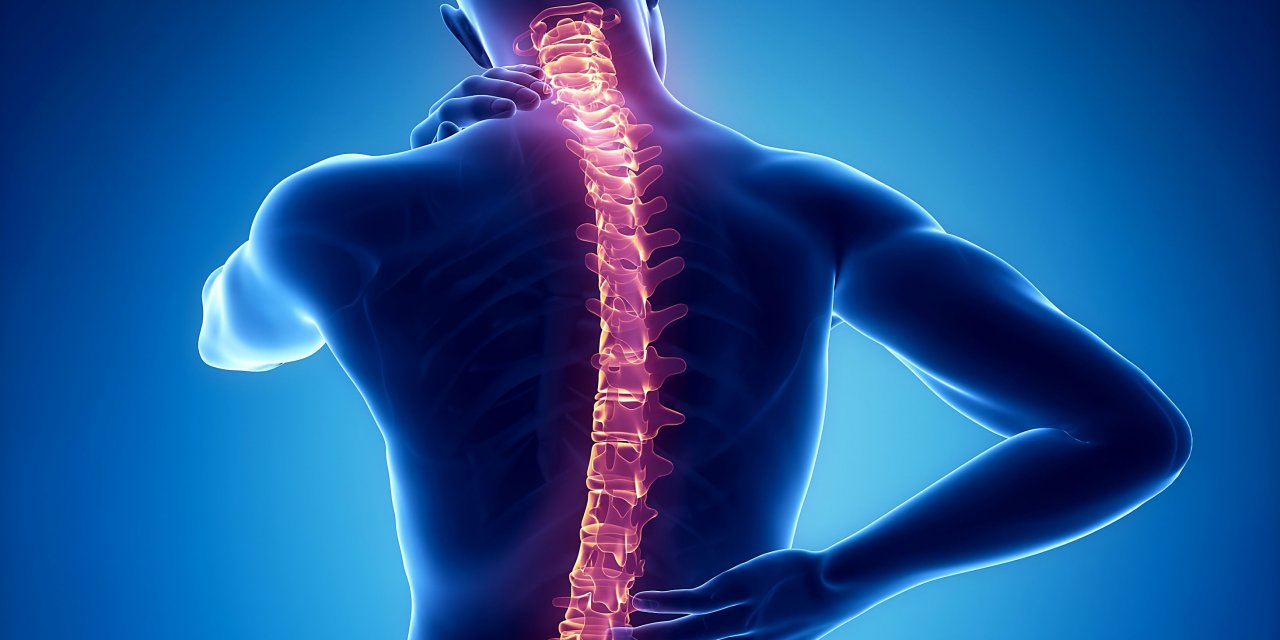- Facet joint Radiofrequency Thermocoagulation (RFT) Treatment
- Radiofrequency Thermocoagulation Dorsal root ganglion (DRG) radiofrequency thermocoagulation (RFT)
- Discitis Procedure
- Sacroiliac Joint Radiofrequency Treatment (Simplicity)
- In-Disc Ozone Therapy
- Nucleoplasty
- Transforaminal Injection (Pinpoint)
- Facet joint block
- Epidural Injection
Nerve blockages
- Home
- Injection and Interventional Therapies
- Nerve blockages
Contents
Toggle- Creating an individualised treatment plan
- The role of different specialities (physiotherapist, orthopaedist, psychologist, neurosurgeon)
- Pain treatment during pregnancy
- Treatment of chronic pain in the elderly
- Pain management in children
- Stress management
- Healthy eating
- Ergonomic living arrangements
- Exercise and mobility
- Facet joint Radiofrequency Thermocoagulation (RFT) Treatment
- Radiofrequency Thermocoagulation Dorsal root ganglion (DRG) radiofrequency thermocoagulation (RFT)
- Discitis Procedure
- Sacroiliac Joint Radiofrequency Treatment (Simplicity)
- In-Disc Ozone Therapy
- Nucleoplasty
- Transforaminal Injection (Pinpoint)
- Facet joint block
- Epidural Injection
- Cancer pain
- Permanent Epidural / Spinal Port Application
- Vascular Port (Permanent Vascular Access)
- Trigeminal Nerve RFT
- Blockade of Ganglion Stellatum
- Lumbar Sympathetic Ablation
- Facet joint Radiofrequency Thermocoagulation (RFT) Treatment
- Radiofrequency Thermocoagulation Dorsal root ganglion (DRG) radiofrequency thermocoagulation (RFT)
- Hernia Burning (IDET)
- Discitis Procedure
- Sacroiliac Joint Radiofrequency Treatment (Simplicity)
- Permanent Epidural / Spinal Port - Pump System
- In-Disc Ozone Therapy
- Nucleoplasty
- Peripheral Nerve Block
- Transforaminal Injection (Pinpoint)
- Facet joint block
- Epidural Injection
- Intra-articular Fluid Treatment
- Dorsal root ganglion (DRG) radiofrequency thermocoagulation (RFT)
- Spinal cord stimulation (pain pacemaker)
- Ergonomic living arrangements
- Spinal cord stimulation (pain pacemaker)
- Nucleoplasty
- Radiofrequency ablation
- Herbal solutions
- Dry needle treatment
- Anti-ageing treatments
- Ozone therapy
- Cupping therapy - Cupping
- Mesotherapy
- Prolotherapy
- Acupuncture
- Stem Cell Therapy
- Nerve blockages
- Corticosteroid injections
- Massage and relaxation techniques
- Manual therapy
- Electrotherapy
- Neuropathic pain medications
- Anti-inflammatory drugs
- Muscle relaxants
- Painkillers (paracetamol, ibuprofen, etc.)
Nerve Blockades: A Treatment Option Targeting Pain at the Root
Chronic or severe pain can significantly limit our daily lives. In these cases, when conventional painkillers or physiotherapy methods do not provide an adequate response, it is nerve blockages (nerve blocks). Nerve blocks temporarily or sometimes permanently disable the nerves that cause pain or carry pain signals. In this article, you will find detailed information about what nerve blocks are, in which cases they are used and what to look out for.
1. What is Nerve Blockade?
Nerve blockadeis the process of blocking the transmission of pain signals to the brain by injecting anaesthetic, steroid or other painkiller mixtures into a specific nerve or nerve group. The aim is to eliminate or significantly reduce the sensation of pain.
- Temporary Blockage: Application of local anaesthetics can suppress nerve conduction for hours or days.
- Long Term Blockage: More permanent results can be obtained with radiofrequency ablative methods or neurolytic (nerve tissue destroying) substances.
2. How Do Nerve Blockades Work?
Nerves are like "electrical cables" that transmit sensations such as pain and touch to the brain. A nerve block temporarily interrupts or slows down the communication in these cables:
- Injection With special needles, methods such as local anaesthetics, corticosteroids or radioactive ablation are applied to the immediate vicinity of the targeted nerve.
- Stopping Pain Transmission: By preventing pain signals from reaching the brain, the patient does not feel pain in a certain area or feels it very little.
- Reducing Inflammation: In some applications (e.g. corticosteroid injections), inflammation is also suppressed and swelling and pain are relieved together.
3. In which cases is it preferred?
- Chronic Pain: In cases of prolonged pain such as herniated disc, neck hernia, sciatica pain, joint or muscle pain.
- Neuropathic Pain: In nerve-related pain such as diabetic neuropathy, pain after shingles or nerve compression.
- Cancer Pain: In advanced cancer cases, nerve blocks can be an important method for controlling pain.
- Postoperative Pain: After major surgical interventions, short-term nerve blocks can be applied to reduce the patient's pain level.
- Diagnostic Purposes: In order to determine the source of pain, blockade can be applied and the pain response can be observed to help diagnose.
4. Application Methods
- Local Anaesthetic Blocks:
- Local anaesthetic is injected around the targeted nerve.
- The duration of action can usually vary from a few hours to several days.
- Corticosteroid Injections:
- Steroids applied around the nerve root or joint suppress inflammation and reduce pain.
- It is especially effective in pain caused by compression or inflammation in the waist, neck or hip areas.
- Radiofrequency Ablation (RFA):
- It is based on the long-term deactivation of the nerve's conduction ability by heating or cooling (cryotherapy).
- The results may be more permanent (3 months to 1 year or longer).
- Neurolytic Blocks:
- There is a chemical destruction of the nerve.
- It can be used in advanced cancer-related pain or very resistant pain.
5. Advantages
- Fast Pain Control: Especially local anaesthetic applications can relieve pain in a short time.
- Alternative to Surgery: In some cases, it can provide long-term relief without the need for surgical intervention.
- Targeted Treatment: Since it only affects the nerve that is the source of the pain, systemic side effects are usually less.
- Improves Quality of Life: It creates the possibility to lead an active life in patients suffering from chronic pain.
6. Possible Side Effects and Cautions
As with any medical procedure, nerve blocks can have some risks and side effects:
- Risk of Infection: If not performed under sterile conditions, infection may develop at the injection site.
- Nerve Damage In rare cases, incorrect needle guidance or unexpected reactions may cause temporary or permanent damage to the nerve.
- Allergic Reactions: Allergy to the drugs used (local anaesthetics, corticosteroids, etc.) may be observed.
- Temporary numbness or muscle weakness: As the function of the blocked nerve is temporarily disabled, the muscles in that area may experience a loss of strength or numbness.
- Changes in Blood Pressure: Some nerve blockades (e.g. sympathetic blocks) can lower blood pressure.
Patients taking blood thinners or patients with bleeding disorders may require special evaluation before the procedure.
7. Not Suitable for Who?
- People with Active Infection: If there is a skin or tissue infection at the injection site, this should be treated first.
- Serious General Health Problems: In critical illnesses such as heart, lung or kidney failure, a risk assessment is carried out and a decision is made.
- Allergy History: Nerve blockade may not be preferred for those with known severe allergies to the medication to be used.
8. Post Treatment Process
- Short Rest After the blockade, the patient usually rests for a few hours or 1 day.
- Physiotherapy and Rehabilitation: In the management of chronic pain, nerve blockade is sometimes only the first step. Physiotherapy exercises and muscle strengthening programmes may then be recommended.
- Pain Monitoring: It is important to monitor the level of pain when the effect of the blockade wears off. Repeated applications can be performed if necessary.
Conclusion
Nerve blockades are a relatively minimally invasive treatment method that can significantly control pain in chronic and persistent pain conditions in the short or long term. However, like any other medical procedure, nerve blockades should be performed by experienced specialists with the right indication and meticulous evaluation.
If your pain is preventing you from your daily life and you cannot get enough improvement with classical painkillers or physiotherapy approaches, nerve blockade can be considered as the next step. Consulting a pain (algology) specialist or a specialist in the relevant medical field and creating a treatment plan tailored to you with detailed examinations and examinations can play a major role in improving your quality of life.
Our treatments
- Home
- Injection and Interventional Therapies
- Nerve blockages




